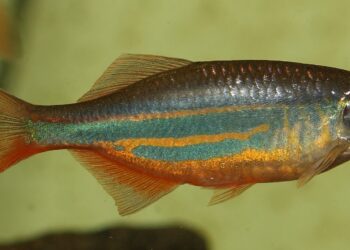
Image Credit: Karen Smith
After analyzing samples from eight different carbon-rich meteorites, researchers at Pennsylvania State Universities found these contained niacin, also known as vitamin B3 and the more pristine the meteorite, the higher the concentration. What this means is that the ancient Earth had a steady supply of vitamin B3 during its early years when it was frequently bombarded by cosmic objects, possibly aiding in the creation of life as we know it.
Previously, researchers proved that ancient Earth had the right conditions for vitamin B3 to form natively, however the present findings suggest that the extraterrestrial B3 could have provided a nice kick and boost life forming processes. Niacin or nicotinic acid is an extremely important chemical necessary for life to sprout – a precursor for the first building blocks. Niacin is essential to the formation of an amine called nicotinamide adenine dinuclotide (NAD), one of the substances that are key to the formation of amino acids, which in turn are building blocks for molecular proteins. Without molecular proteins living organisms could never function, since these chemical bits signal how cells act upon each other in beautiful harmony.
“It is always difficult to put a value on the connection between meteorites and the origin of life; for example, earlier work has shown that vitamin B3 could have been produced non-biologically on ancient Earth, but it’s possible that an added source of vitamin B3 could have been helpful,” said Karen Smith of Pennsylvania State University in University Park, Pa. “Vitamin B3, also called nicotinic acid or niacin, is a precursor to NAD (nicotinamide adenine dinucleotide), which is essential to metabolism and likely very ancient in origin.”
Karen Smith of Pennsylvania State University and hear team analyzed samples from eight different carbon-rich meteorites, called “CM-2 type carbonaceous chondrites” and found vitamin B3 at levels ranging from about 30 to 600 parts-per-billion. Native contaminants are improbable, since vitamin B3 was found along with its structural isomers – related molecules that have the same chemical formula but whose atoms are attached in a different order. These other molecules aren’t used by life. If contamination from terrestrial life was the source of the vitamin B3 in the meteorites, then only the vitamin should have been found, not the other, related molecules.
Next, the researchers plan on making simulations as well as experiments under more realistic conditions to better understand how vitamin B3 can form on ice grains in space. The findings were reported in the journal Geochimica et Cosmochimica Acta.




